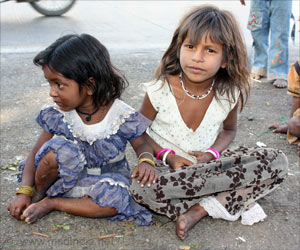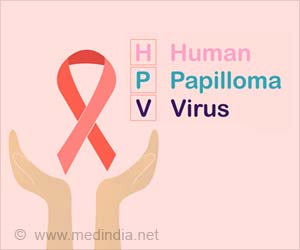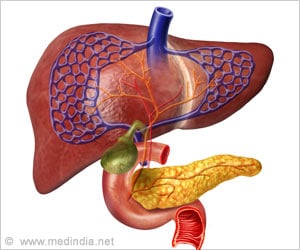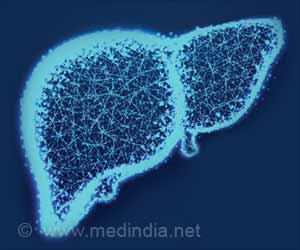Medical research is desperately needed, especially into the possible genetic and reproductive after effects, of the lethal gas leak in Bhopal exactly 22 years ago…
Medical research is desperately needed, especially into the possible genetic and reproductive after effects, of the lethal gas leak in Bhopal exactly 22 years ago that killed more than 3,000 people instantly and thousands more in subsequent years.
Despite the neurological, hormonal and mental health problems that the survivors are facing besides the genetic damage to the children born to survivors, these crucial areas have been severely under-studied, allege rights activists, who say, "This has lead to unsystematic treatment of gas victims.""Lack of research into the possible genetic and reproductive ramifications of gas exposure, and now of exposure to contaminated water, have seriously marred efforts to respond to the effects of poisonous gases on the next generation in those affected by the gas leak," said activist Rashida Bi who is a gas victim herself and associated with the International Campaign for Justice in Bhopal (ICJB).
On Dec 2-3 night in 1984, 40 tonnes of lethal Methyl-Iso-Cyanate gas spewed out of the Union Carbide Corporation's pesticide plant here. The tragedy also left thousands maimed for life from inhaling the poisonous gas.
Women who were pregnant during or following the disaster had extremely high rates of spontaneous abortion. A 1985 study by Medico Friends Circle (MFC) found that in addition to spontaneous abortion and stillbirths, pregnant women exhibited diminished foetal movements and menstrual disturbances. Foetuses that survived the gas disaster suffered from severe malformations. Birth defects continue to occur among families affected by the gas leak and contamination of water at a higher-than-average rate even now.
Union Carbide allegedly constructed the factory knowing that the storage and treatment methods for waste were likely to fail and contaminate ground water. According to local groups monitoring the water quality, contamination from the factory has now spread to 16 wards and affects an estimated 16,000-20,000 people.
A study carried out by Sambhavna Trust Clinic showed that children conceived and born after the disaster to affected parents were significantly different from children of the same age born to unexposed parents. The children were shorter, thinner, lighter, and had smaller heads, said activist Satinath Sarangi, who runs Sambhavna Clinic that treats the affected in the gas-hit areas.
Advertisements
"The problem in the second generation due to gas exposure is one that will affect tens of thousands, and potentially many more in the future, and it needs to be addressed immediately. Yet the government has only very scanty information on this matter and no plans for the health or special assistance needed for them," said Champa Devi another activist. She is the recipient of the American Public Health Association's Goldman Environmental Award for her work among gas victims over the years.
Advertisements
"Most studies done by ICMR were terminated as early as 1989 and the rest by 1994 without reviewing the collected data and pleas for continuing the studies were ignored. The ICMR's full report on Bhopal too has not been released till date," said Sarangi.
"Research done in the past is insufficient and key aspects of the disaster and its aftermath have been ignored in research projects. Now, new issues have arisen necessitating fresh research. This includes exposure to water contamination among those living in the vicinity of the factory site," Sarangi told IANS.
The Fact Finding Mission on Bhopal found high levels of chemicals in the breast milk of women affected by water contamination. Studies conducted by the Sambhavna Trust Clinic indicated that about half of the people living in the contaminated area were suffering from multiple symptoms.
ICMR studies, although prematurely terminated, did show that children of exposed mothers had delayed physical and mental development and lower values for anthropometric parameters such as height and mid-arm circumference.
Source-IANS
SRM





